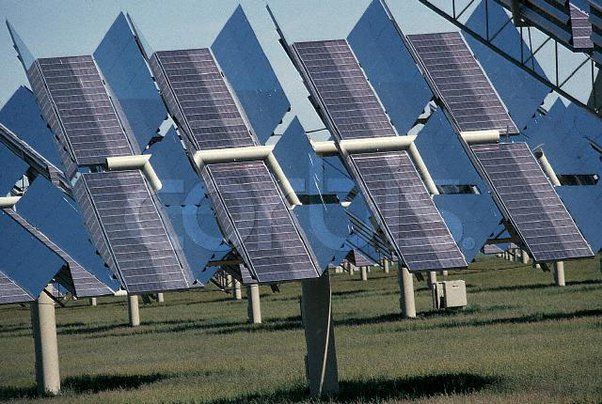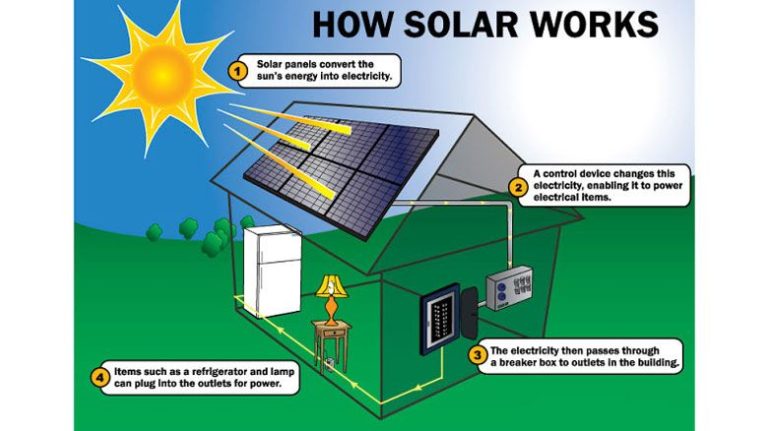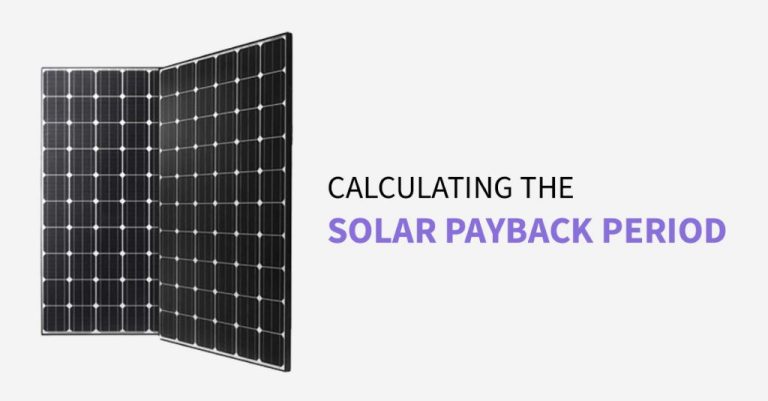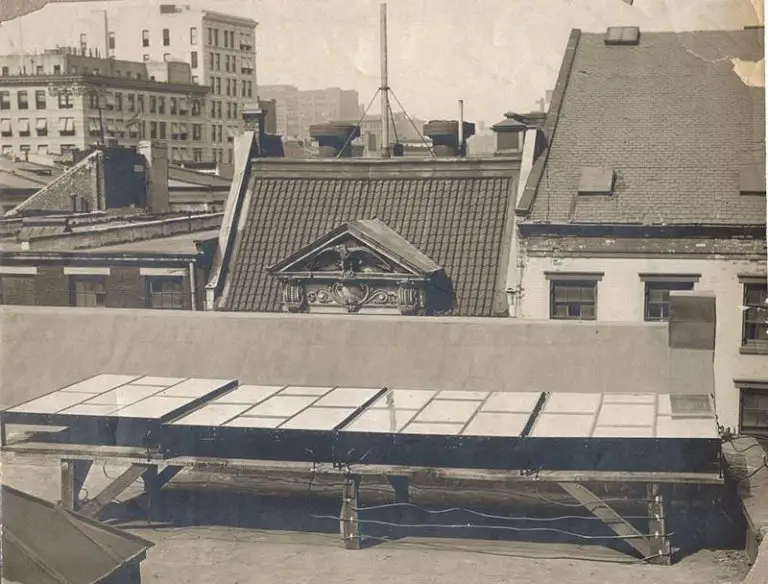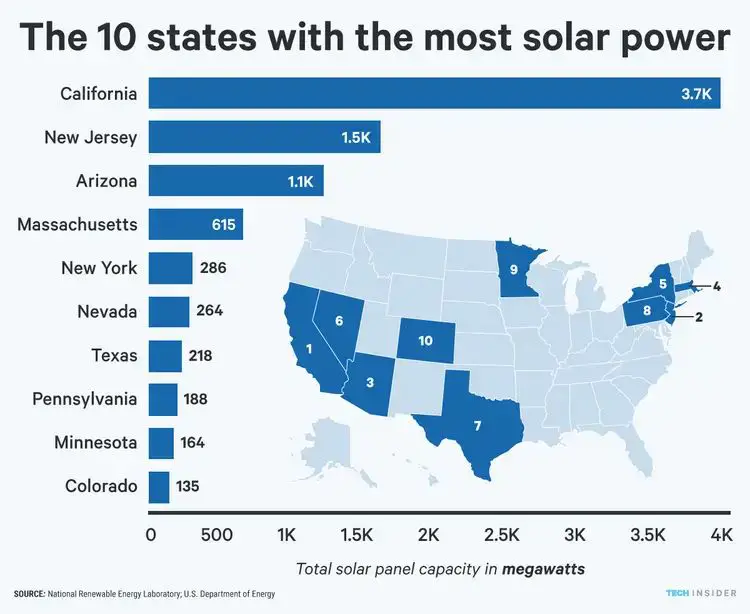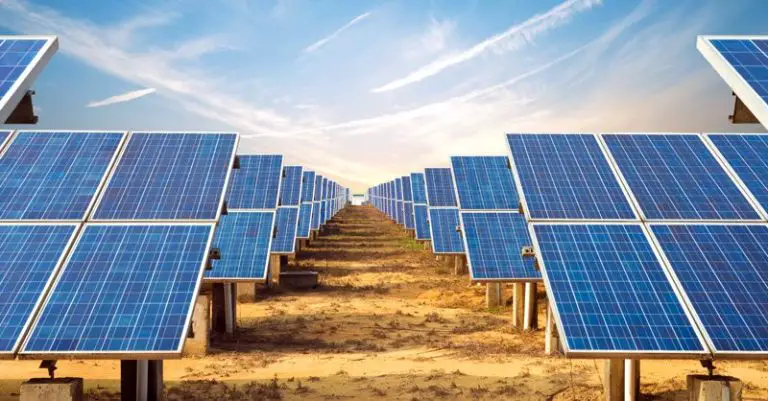Why Don T More People Use Solar Panels?
High Upfront Costs
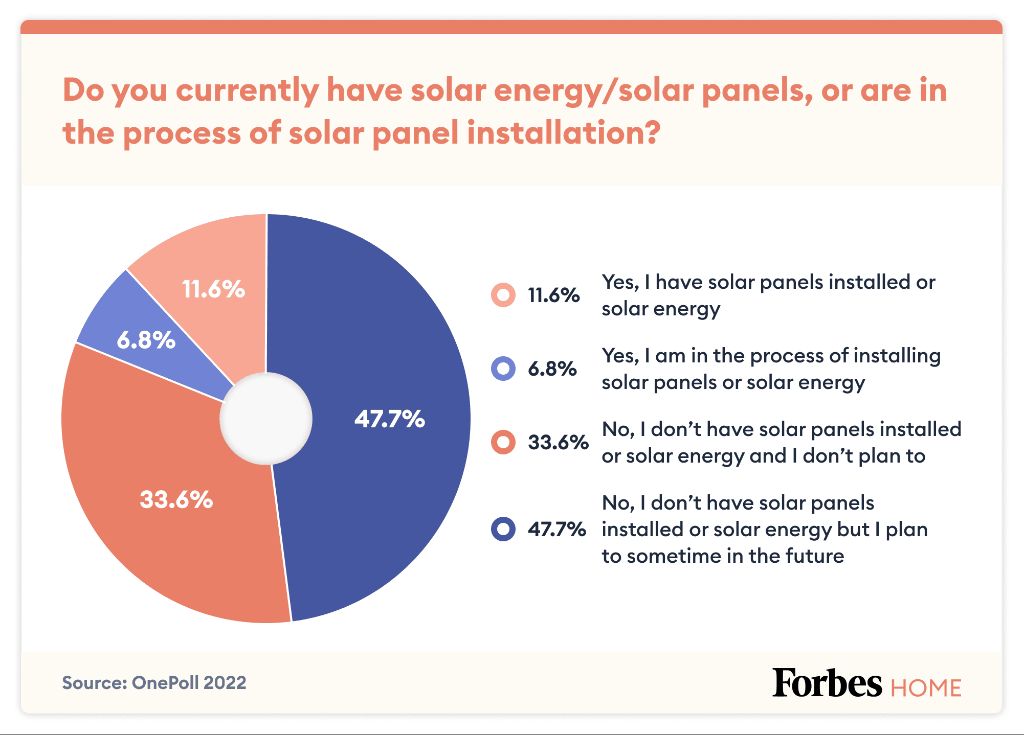
Installing solar panels on a home requires a significant upfront investment. According to the Solar Energy Industries Association (SEIA), the average cost to install residential solar panels is $2.80 per watt, with the average system size around 8 kW. This puts the typical cost for a complete solar system at over $22,000 before incentives. With permits, taxes, and the cost of any necessary roof or electrical upgrades, the total costs can easily exceed $25,000.
The high initial price of solar panel systems is the most commonly cited barrier to adoption. Most homeowners require financing options to afford solar. While financing spreads out the costs over time, buyers still need to qualify and make monthly payments. For many families and budgets, this large investment is not feasible.
The payback period – how long it takes a solar system to break even through energy savings – often determines the financial viability. According to the National Renewable Energy Laboratory (https://www.nrel.gov/docs/fy12osti/51685.pdf), the average payback period for residential solar panels is 6-12 years depending on the system size, electricity costs, and available incentives. With a lifespan of 25-30 years, well-designed systems do pay for themselves eventually. But the long payback horizon can deter buyers focused on short-term economics rather than long-term energy savings.
Homeowner Challenges
For homeowners living in communities governed by homeowners associations (HOAs), installing solar panels can be challenging due to HOA rules and regulations. Many HOAs have restrictions on the types of solar installations allowed, with common limitations including requiring flush-mounted panels instead of raised, prohibiting ground-mounted systems, restricting panel locations, requiring pre-approval, or banning solar installations altogether.
According to a 2019 North Carolina solar study, out of 252 HOAs surveyed, 25% prohibited solar panels outright [1]. However, some states like California, Florida, and Colorado have passed solar access laws that prohibit HOAs from restricting solar installations unless for very limited reasons.
For homeowners who do not own their roof, such as those in condos, installing solar may not be feasible if the HOA or building owners do not allow it. Additionally, adequate solar access in terms of limited shade is important, so nearby trees or buildings blocking sunlight can deter solar panel installation.
While HOA rules can present obstacles, they are often navigable with proper planning and understanding of state solar regulations. Consulting with the HOA and neighbors early in the process can prevent issues down the line. Workarounds like ground-mounted solar, solar shingles, or shorter raised panels may satisfy HOA requirements in some cases.
Aesthetic Concerns
Many homeowners worry that solar panels will detract from the visual appeal of their home. The sleek, black panels stand out against traditional roofing materials like shingles or tiles. Some believe large solar arrays dominate the look of the roof and “uglify” the home.
In a recent Reddit discussion, some commented that solar panels can make a home look cluttered or disjointed, especially in neighborhoods with uniform architecture styles [1]. However, others argued modern panels blend in well and hardly look obtrusive.
Newer solar roofing options aim to address aesthetics by embedding panels right into the roof surface. For example, Tesla’s solar shingles look just like regular roof tiles but also generate solar power. While these integrated options are still limited in availability, they show the potential for solar technology to blend seamlessly into home design.
Overall, aesthetic impacts seem highly subjective. With smart panel placement and improved technology, solar can achieve functionality and curb appeal.
Lack of Information
Many homeowners simply lack awareness and information about the benefits and options of solar panels. A 2020 survey by Solarsimplified found that while 78% of respondents believe solar can reduce energy bills, 52% said they know little to nothing about solar panels (Consumer Perceptions of the Solar Industry, 2020). Another survey in 2022 revealed that over 25% of homeowners are completely unaware of solar incentives and policies that could make adoption more affordable (SaveOnEnergy, 2022). There is a general lack of public knowledge around the favorable economics of solar panels, as well as a lack of accessible resources to educate consumers. Without greater awareness and availability of solar information tailored to homeowners, adoption rates are likely to remain low relative to the potential market.
Difficulty of Installation
Installing solar panels is a complex process that requires careful planning and significant upfront costs. According to the article from LinkedIn Solar Panel Installation: Challenges and Risks, key steps include assessing roof condition and suitability, obtaining permits and ensuring compliance with regulations, electrical work, and physical installation.
Permitting can be an arduous process, with requirements varying greatly by location. Panels must be installed to meet local building codes and zoning laws. Improper installation can also lead to penalties and fines. Electrical work is also complex, requiring connecting the solar array to the home’s electrical system either directly or through a battery system. This wiring must be done to code to avoid fire hazards. Physically mounting and connecting panels is challenging, requiring roof work in all weather conditions. Overall, the difficulty and expertise needed for proper installation is a significant barrier for many homeowners.
Utility Policy Obstacles
Some utility companies have actively opposed the expansion of rooftop solar panels through policy and regulatory efforts. These utility companies view rooftop solar as a threat to their traditional business model, as solar adoption reduces demand for grid-supplied electricity. According to an article by NBC News, investor-owned utilities like Pacific Gas & Electric have pushed to impose fixed charges on solar customers and reduce the compensation they receive for supplying excess power to the grid through net metering programs (https://www.nbcnews.com/news/us-news/rooftop-solar-panels-utilities-rcna26726).
An article by the Energy and Environment News outlines efforts in states like California, Florida, and Nevada to scale back net metering programs that compensate rooftop solar owners (https://www.eenews.net/articles/state-rooftop-solar-crackdowns-cloud-the-industrys-future/). These policy changes have stalled solar adoption in some markets. However, solar advocates argue that rooftop solar provides benefits to all utility customers by reducing peak demand on constrained grids.
Geographic Limitations
The amount of sunlight that reaches different parts of the United States varies significantly. Areas like the Southwest receive much more sun than the Northeast or Pacific Northwest. According to the National Renewable Energy Laboratory’s solar resource maps, states like Arizona, Nevada, New Mexico, and California have some of the highest solar potential. Meanwhile, Alaska, Maine, and Washington have lower solar potential.
This variation is due to differences in latitude, average cloud cover and weather patterns across the country. The Southwest’s clear, sunny climate is ideal for solar power. But areas farther north or with more precipitation and overcast days receive less sunlight to generate electricity from solar panels.
So while solar power can work anywhere in the U.S., the economics are more favorable in high sunlight regions. Homeowners in the Southwest will produce more energy and recoup their investment faster. In northern states, solar panels may be a tougher sell unless policies like renewable energy incentives help offset the higher costs.
Concerns About Efficiency
One common concern about solar panels is how varying weather conditions can impact their efficiency. Factors like cloud cover, temperature, and panel orientation all play a role. According to Solar Alliance, solar panels can still generate electricity on cloudy or rainy days, but their output is reduced compared to sunny days. Thick cloud cover can diminish solar output by 75% or more. However, thin or sparse cloud cover has a minimal impact.
Colder temperatures allow solar panels to operate more efficiently. As SI Solar Co. explains, colder weather reduces resistance in the solar cells, enabling them to produce more voltage and generate more electricity. However, extremely high temperatures can have the opposite effect by increasing resistance. Solar panel orientation is another factor. Panels facing south (in the northern hemisphere) maximize sun exposure and therefore energy production.
While weather impacts daily output, solar panels can still generate a significant portion of a household’s electricity needs in less ideal conditions. Proper solar panel siting and angles can also optimize efficiency.
Fear of New Technology
Many homeowners are hesitant to adopt new technologies like solar panels, especially older generations who are less familiar and comfortable with advanced systems. According to a Pew Research survey, adoption rates are significantly higher among younger homeowners.
Solar panels involve complex electrical systems and connections to the grid that many find intimidating. The perceived risk of a new technology not working as intended or requiring complicated maintenance deters some homeowners. There is a natural resistance to moving away from traditional energy sources that people understand and trust.
Installing solar panels requires an upfront leap of faith in an unfamiliar technology. With no existing panels in the neighborhood to observe, many homeowners find it hard to imagine how they would look and function on their own roof. The uncertainty around solar dissuades people from being early adopters.
Lack of Government Support
Many areas lack strong government incentives to encourage homeowners and businesses to adopt solar panels. According to https://unboundsolar.com/solar-information/state-solar-incentives, some states like California offer generous rebates, tax credits, and other financial incentives for installing solar, while other states have very minimal support. For example, as of 2022, Mississippi offered no statewide solar incentives. Without subsidies and tax breaks to offset the high upfront costs, adoption of solar lags in many states.
The federal solar investment tax credit, which allows taxpayers to deduct 26% of solar installation costs from their taxes in 2022-2023, is set to step down to 22% for 2024 before expiring completely for homeowners after 2034, according to https://www.forbes.com/home-improvement/solar/solar-tax-credit-by-state/. This declining federal support, combined with limited state/local incentives in many areas, creates obstacles to wider solar adoption absent stronger policy action.

